NEWS
30 Game-Changing Planes That Shaped Aviation History
Published
1 year agoon
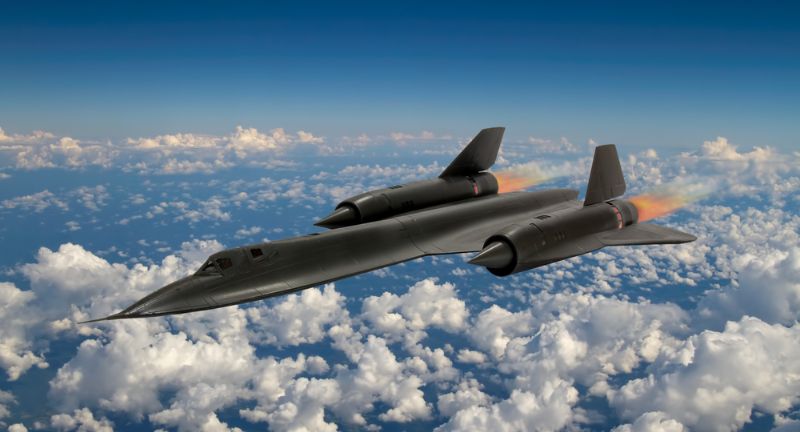
Shutterstock
Introducing a chronicle of aviation’s most pivotal moments, this comprehensive exploration unveils the rich history and groundbreaking contributions of thirty iconic aircraft. From the pioneering days of the Wright Flyer to the cutting-edge technology of the Bell Boeing V-22 Osprey, each aircraft encapsulates a chapter in the evolution of flight.
Delve into the narratives that defined eras, shaped military strategies, revolutionized commercial travel, and ignited innovation, as we embark on a captivating journey through the skies of aviation history.
Wright Flyer
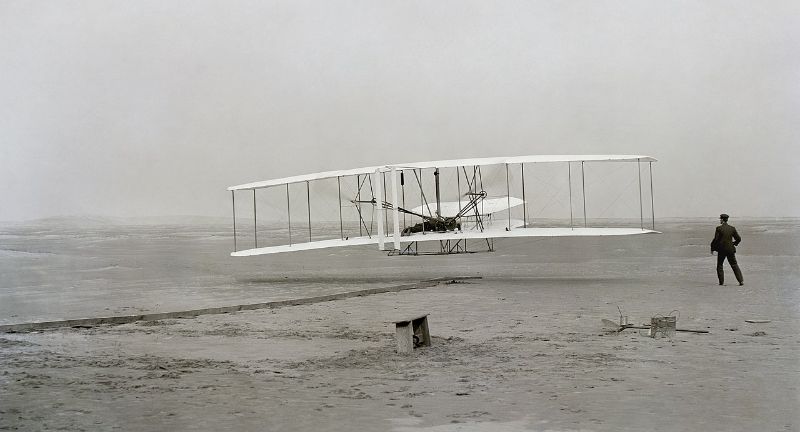
Wikipedia
The Wright Flyer, crafted by Orville and Wilbur Wright in 1903, was not just a feat of engineering but a testament to perseverance. This biplane’s historic 12-second flight at Kitty Hawk, North Carolina, showcased the brothers’ meticulous experimentation and marked the dawn of modern aviation. The Wright Flyer’s groundbreaking three-axis control system became a blueprint for all subsequent fixed-wing aircraft.
Blériot XI
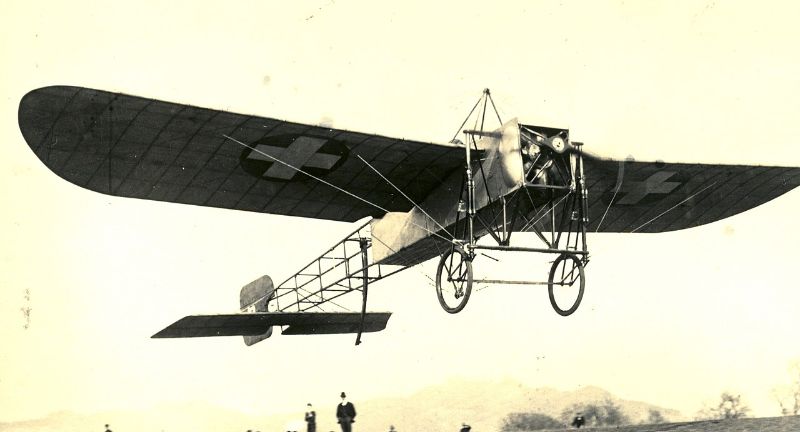
Wikipedia
Louis Blériot’s Blériot XI (1909) made history with its 37-minute flight across the English Channel. The monoplane’s daring journey demonstrated the practicality of monoplane design, emphasizing its maneuverability and stability. Blériot’s achievement fueled a paradigm shift, influencing aircraft design worldwide and inspiring future aviators.
Supermarine Spitfire
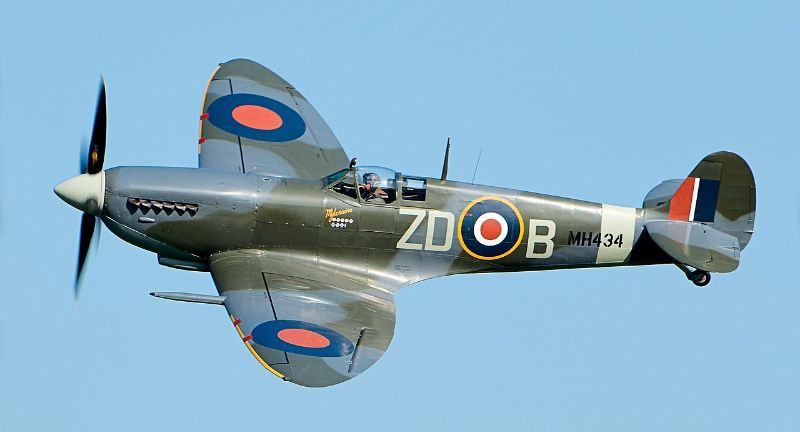
Wikipedia
The Supermarine Spitfire, introduced in 1936, earned its legendary status during the Battle of Britain. Its elliptical wings, designed by R.J. Mitchell, provided exceptional agility, contributing significantly to the Allied victory. The Spitfire’s influence extended beyond the war, as it continued to serve in various roles, becoming a symbol of British innovation and resilience.
General Dynamics F-16 Fighting Falcon
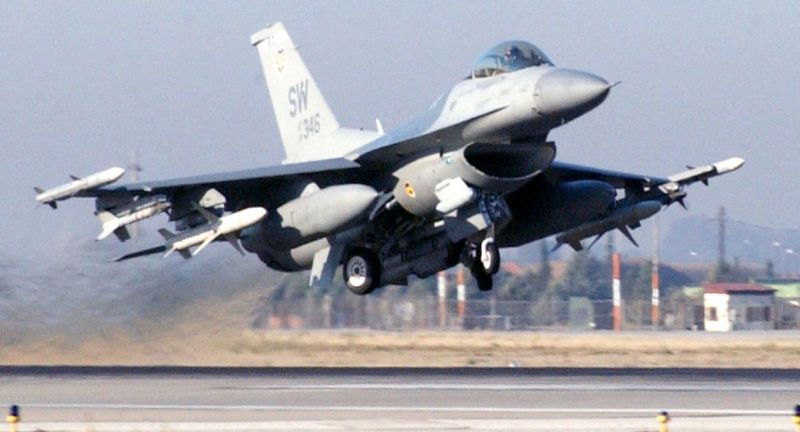
Wikipedia
The General Dynamics F-16 Fighting Falcon, introduced in 1978, is a versatile and agile multirole fighter that has become a mainstay in air forces around the world. Its exceptional performance, adaptability, and cost-effectiveness have made it a cornerstone in modern aerial combat.
Boeing 787 Dreamliner
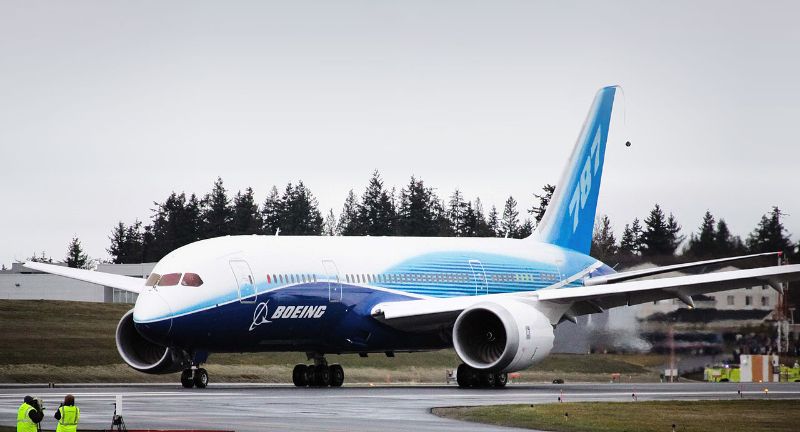
Wikipedia
Boeing’s 787 Dreamliner, introduced in 2011, represents a paradigm shift in commercial aviation. The Dreamliner’s composite materials reduce weight and enhance fuel efficiency, while its advanced systems improve passenger comfort. This aircraft redefined long-haul air travel, setting new standards for sustainability and passenger experience.
Concorde
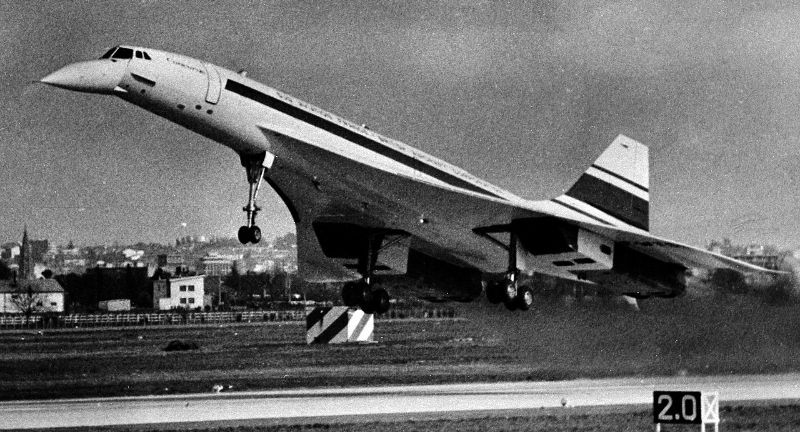
Wikipedia
The Concorde, a pioneering supersonic airliner jointly developed by British and French aerospace companies, made its maiden flight in 1969, entering commercial service in 1976. Renowned for its sleek design and cutting-edge technology, the Concorde could cruise at twice the speed of sound, dramatically reducing transatlantic flight times. Despite its technological marvel, the Concorde faced operational challenges, including high maintenance costs and limited routes, leading to its retirement in 2003. The Concorde’s legacy endures as a symbol of aviation innovation, showcasing the audacity of engineers and the allure of supersonic travel. Although no longer gracing the skies, the Concorde remains an iconic chapter in the ongoing narrative of human flight.
Learjet 23
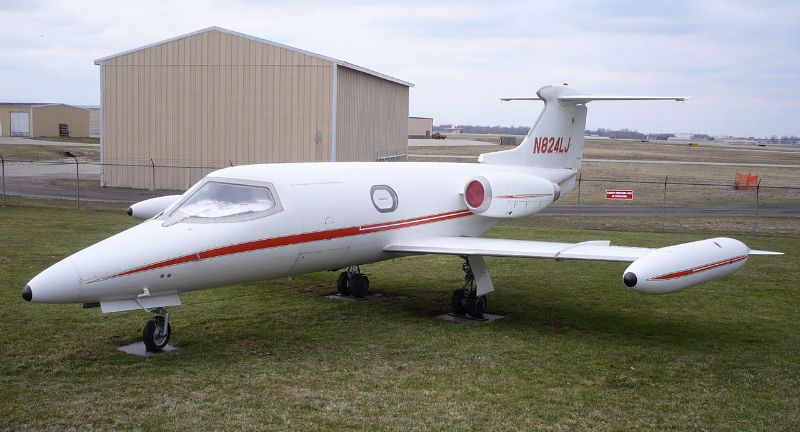
Wikipedia
The Learjet 23, introduced in the early 1960s, was the catalyst for private jet travel. William P. Lear’s vision of a fast and efficient business jet materialized in the Learjet 23, transforming corporate aviation. Its speed and range made it a status symbol for business executives, shaping the trajectory of private jet development.
Lockheed C-130 Hercules
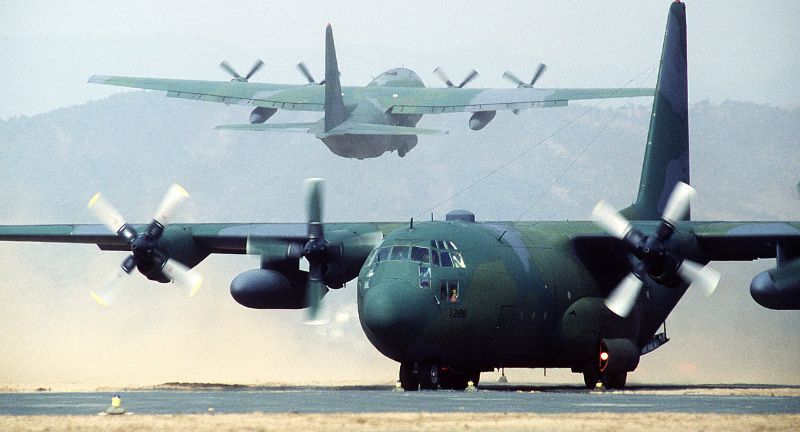
Wikipedia
The Lockheed C-130 Hercules, with its four-engine turboprop design, emerged as a military transport workhorse. Introduced in the 1950s, its adaptability to various missions, including cargo transport, medical evacuation, and aerial refueling, solidified its role as a linchpin in military operations worldwide.
Douglas DC-3
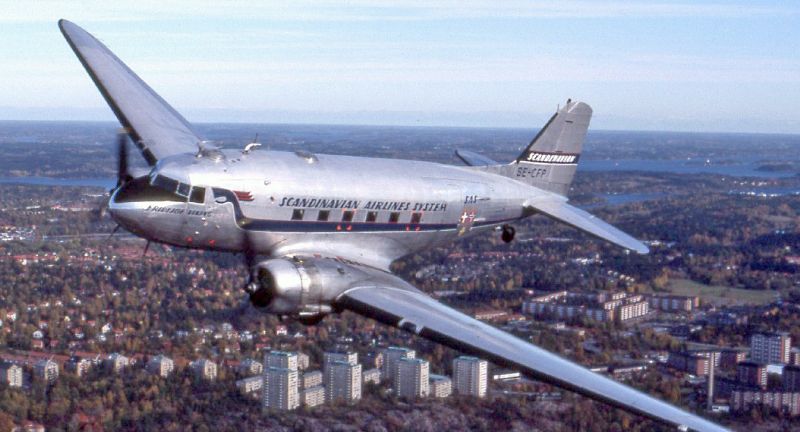
Wikipedia
The Douglas DC-3, introduced in 1935, transcended the aviation industry, fundamentally changing air travel dynamics. Its efficient design, combined with the ability to carry a significant number of passengers, made it economically viable for airlines. The DC-3’s impact extended to military use during World War II, and its longevity speaks to its unparalleled contribution to both civil and military aviation.
Cessna 172
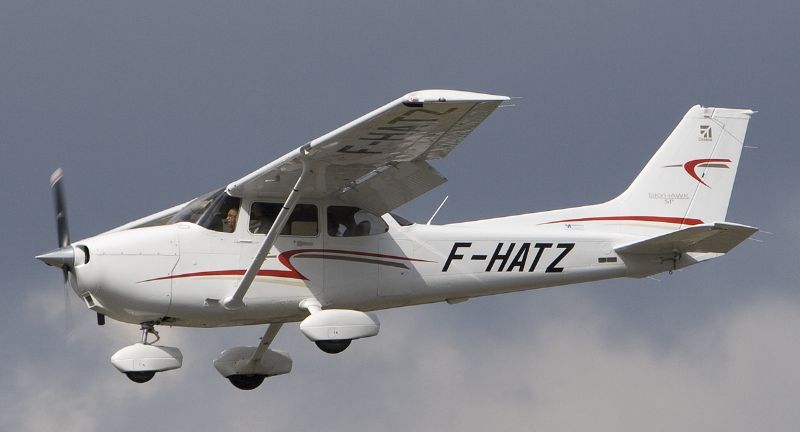
Wikipedia
The Cessna 172, a venerable trainer and general aviation aircraft introduced in 1956, remains an enduring symbol of accessibility to aviation. Its straightforward design, reliable performance, and ease of maintenance have made it the go-to aircraft for flight training schools globally. The Cessna 172’s legacy endures, with countless pilots earning their wings aboard this iconic aircraft.
Boeing B-29 Superfortress
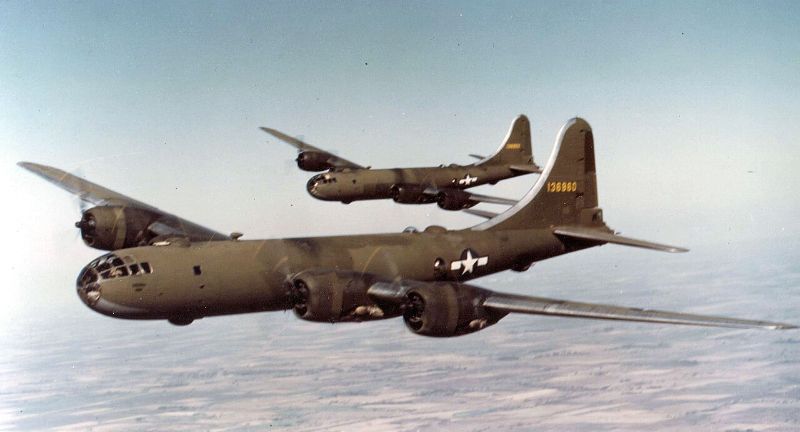
Wikipedia
The Boeing B-29 Superfortress, introduced during World War II, played a pivotal role in shaping history. Best known for dropping atomic bombs on Hiroshima and Nagasaki, ending the war, the Superfortress showcased advancements in long-range strategic bombing. Its pressurized cabin and innovative technologies influenced post-war bomber designs.
Gulfstream G500
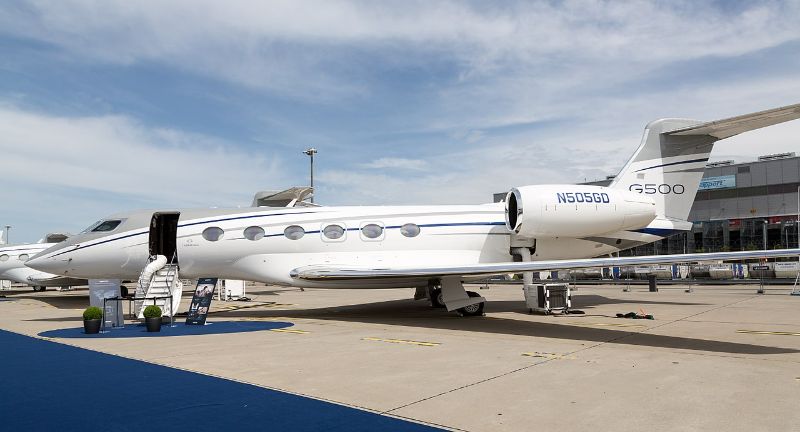
Wikipedia
The Gulfstream G500, a modern business jet, exemplifies luxury and performance in corporate aviation. Introduced in 2018, its cutting-edge avionics, spacious cabin, and long-range capabilities cater to the discerning needs of business travelers, setting new benchmarks in private jet travel.
Boeing 747
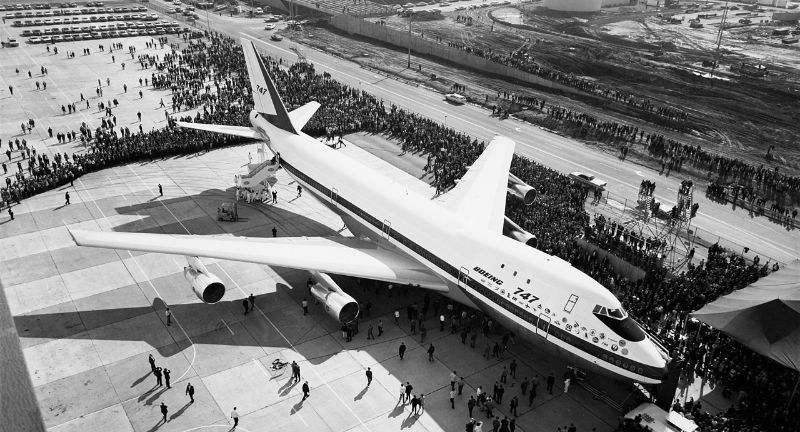
Wikipedia
The Boeing 747, introduced in 1970, revolutionized air travel with its distinctive hump and unprecedented capacity. As the “Queen of the Skies,” it became an iconic symbol of global aviation. The 747’s introduction marked a new era of mass long-haul air transportation, influencing the aviation industry for decades.
Bell X-1
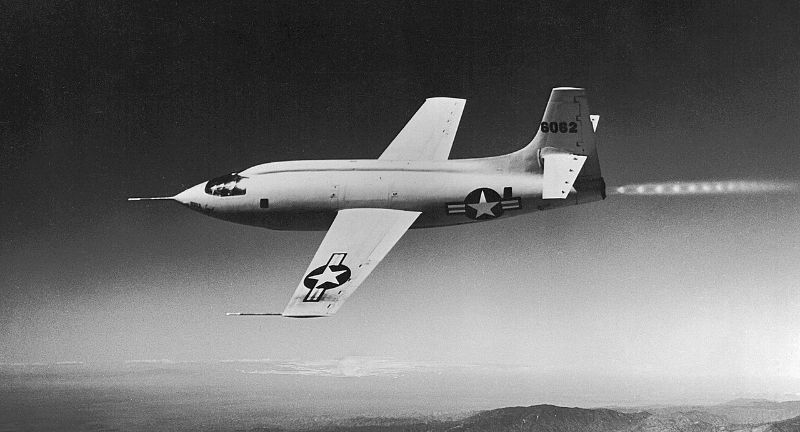
Wikipedia
The Bell X-1, piloted by Chuck Yeager in 1947, was the first aircraft to break the sound barrier. This achievement, a milestone in aviation history, demonstrated the feasibility of supersonic flight. The X-1’s groundbreaking research paved the way for subsequent advancements in high-speed aircraft.
Spirit of St. Louis
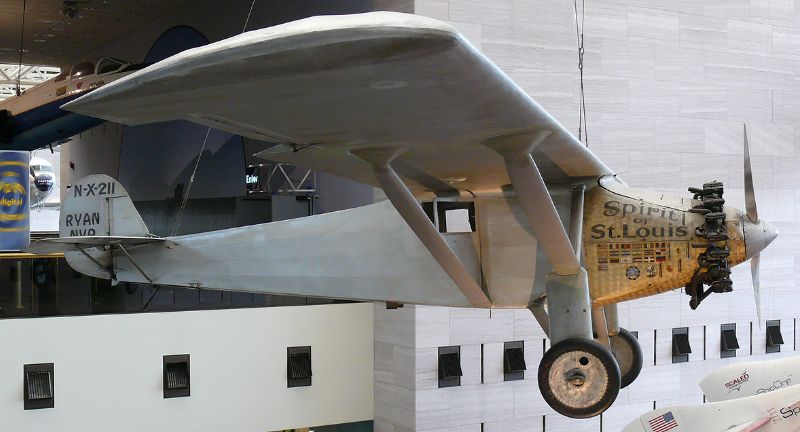
Wikipedia
The Spirit of St. Louis, piloted by Charles Lindbergh in 1927, completed the first non-stop transatlantic flight. Lindbergh’s solo journey from New York to Paris showcased the potential of long-distance air travel, capturing the world’s imagination and accelerating the development of aviation technology.
Rutan VariEze
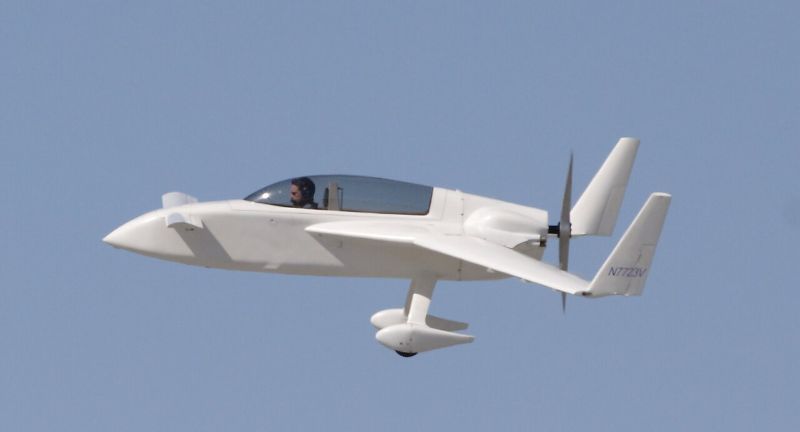
Wikipedia
The Rutan VariEze, a homebuilt aircraft designed by Burt Rutan, represented a paradigm shift in the 1970s. Its canard configuration and use of composite materials highlighted innovative design principles within the amateur-built aviation community, influencing subsequent experimental aircraft.
Lockheed SR-71 Blackbird
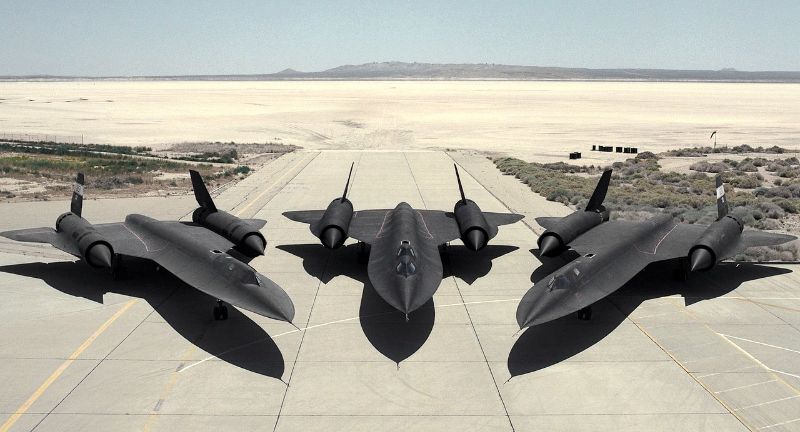
Wikipedia
The Lockheed SR-71 Blackbird, developed during the Cold War, was more than a reconnaissance aircraft; it was a technological marvel. Capable of reaching speeds exceeding Mach 3, the Blackbird’s sleek design and cutting-edge engines made it nearly invulnerable to interception. Its legacy extends beyond its intelligence-gathering role, symbolizing the pinnacle of aerospace engineering.
Lockheed Martin F-35 Lightning II
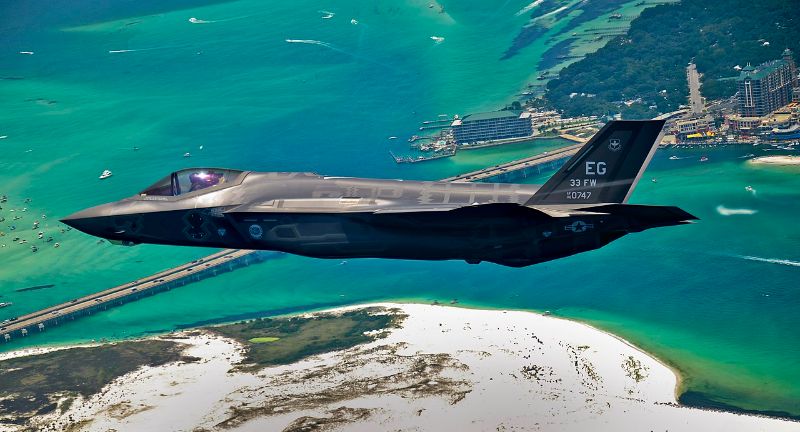
Wikipedia
The Lockheed Martin F-35 Lightning II, a fifth-generation fighter, redefines air combat with its advanced technology. Combining stealth, versatility, and cutting-edge avionics, the F-35 represents a new era in military aviation, ensuring air superiority for the nations deploying this formidable aircraft.
Airbus A320
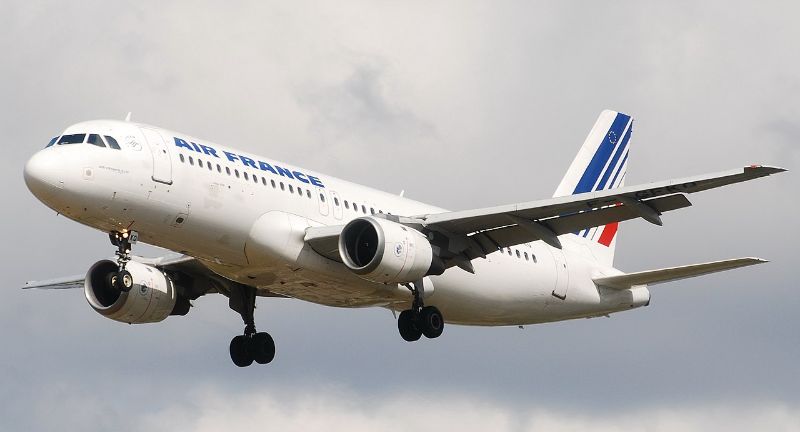
Wikipedia
The Airbus A320, introduced in 1988, marked a pivotal moment in commercial aviation with its fly-by-wire technology. The computerized flight control system enhanced safety and efficiency, making the A320 a mainstay in global airline fleets and influencing subsequent aircraft designs.
Lockheed Constellation
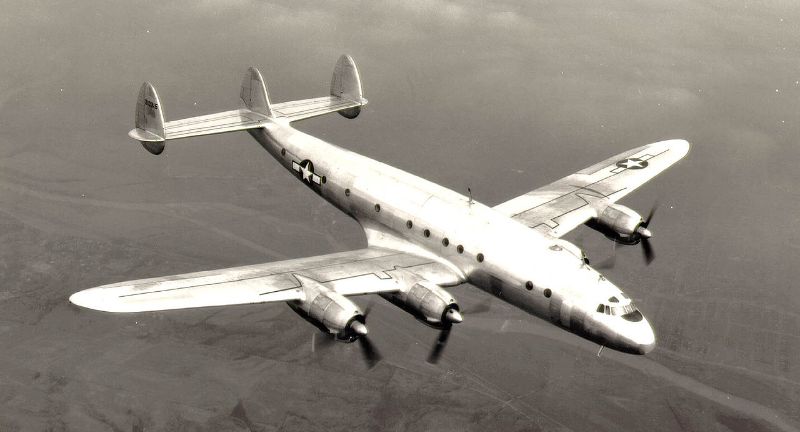
Wikipedia
The Lockheed Constellation, introduced in the post-World War II era, blended elegance with long-range capabilities. This iconic airliner’s distinctive triple-tail design and pressurized cabin contributed to its popularity, setting new standards for transatlantic air travel.
General Atomics MQ-1 Predator
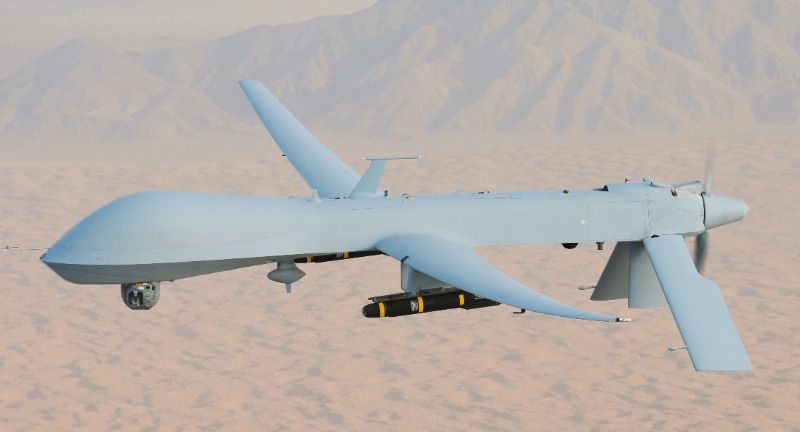
Wikipedia
The General Atomics MQ-1 Predator, an unmanned aerial vehicle (UAV), revolutionized military surveillance. First deployed in the 1990s, the Predator’s ability to provide real-time reconnaissance and carry out precision strikes reshaped military strategies, becoming a crucial asset in modern warfare.
Scaled Composites Voyager
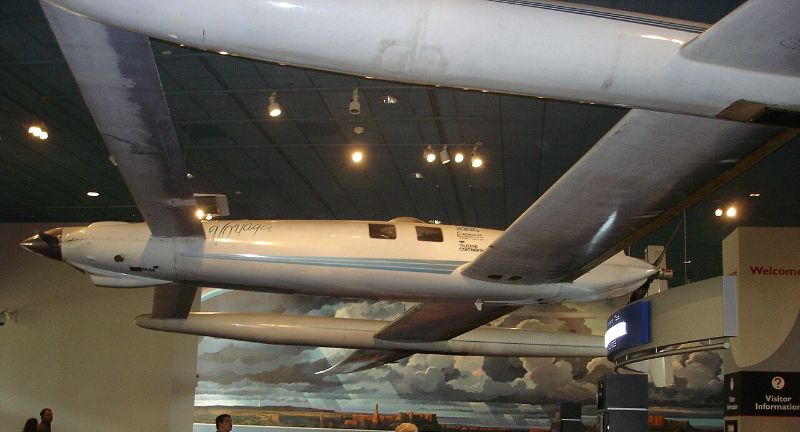
Wikipedia
The Scaled Composites Voyager, an experimental aircraft, made history in 1986 by completing the first non-stop, non-refueled circumnavigation of the globe. Piloted by Dick Rutan and Jeana Yeager, this achievement demonstrated the capabilities of efficient design and showcased the potential of endurance flight.
Piper J-3 Cub
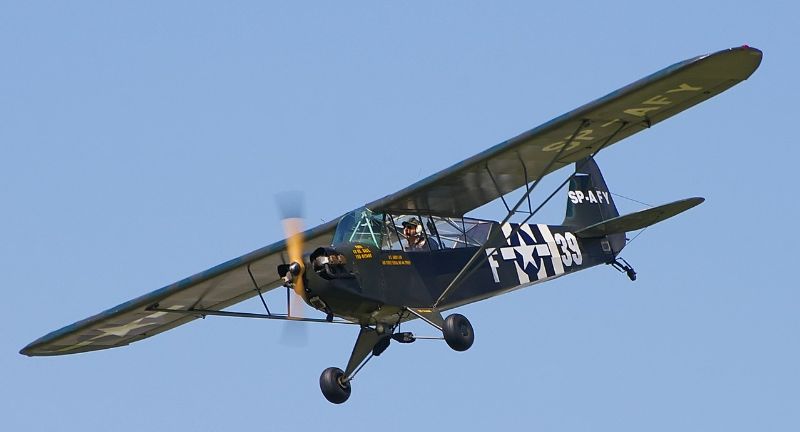
Wikipedia
The Piper J-3 Cub, introduced in the 1930s, holds a special place in aviation history as a beloved light aircraft and training staple. Its simple design, affordability, and ease of flight made it accessible to a broad range of pilots, contributing to its enduring popularity.
Messerschmitt Me 262
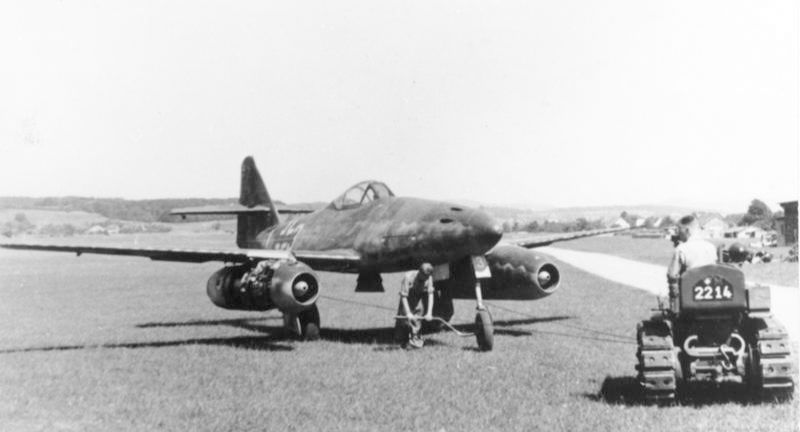
Wikipedia
The Messerschmitt Me 262, deployed by Germany during World War II, marked a technological leap as the world’s first operational jet-powered fighter aircraft. Its unmatched speed and agility presented a formidable challenge to Allied forces, influencing the future development of jet aviation.
Cirrus SR22
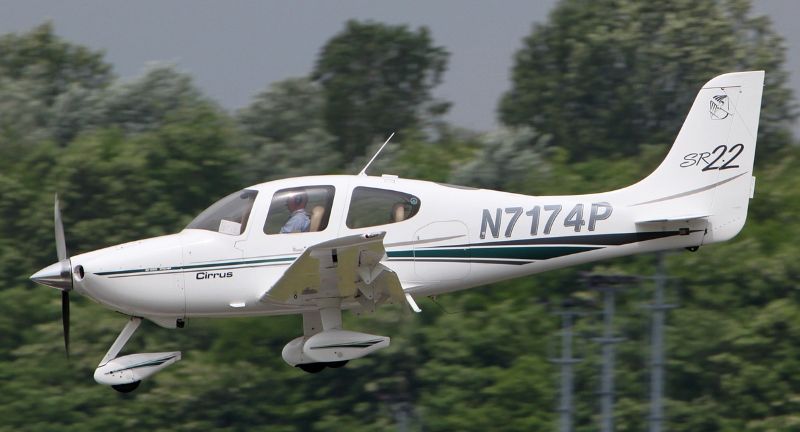
Wikipedia
The Cirrus SR22, a product of 21st-century innovation, stands out in the general aviation landscape. Notable for its incorporation of the Cirrus Airframe Parachute System (CAPS), the SR22 enhances safety for its occupants. Advanced avionics, sleek design, and composite construction contribute to its popularity among private pilots.
Gossamer Albatross
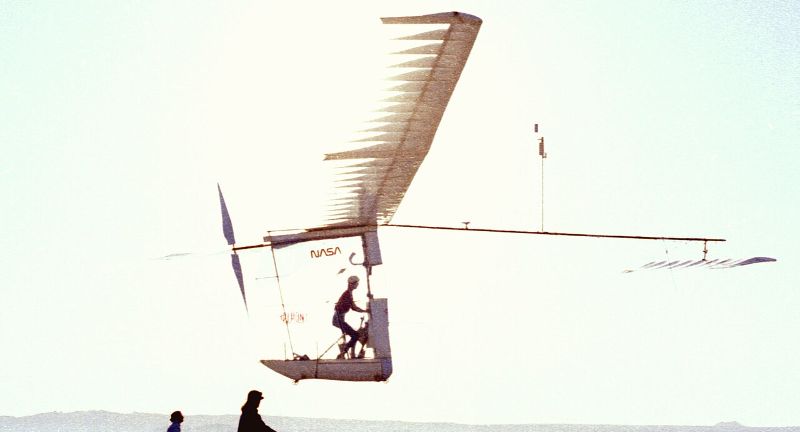
Wikipedia
The Gossamer Albatross, a human-powered aircraft, achieved a historic milestone in 1979 by completing the first human-powered flight across the English Channel. Designed by Paul MacCready, this feat highlighted the possibilities of alternative aviation technologies and inspired further exploration of sustainable flight.
Lockheed P-80 Shooting Star
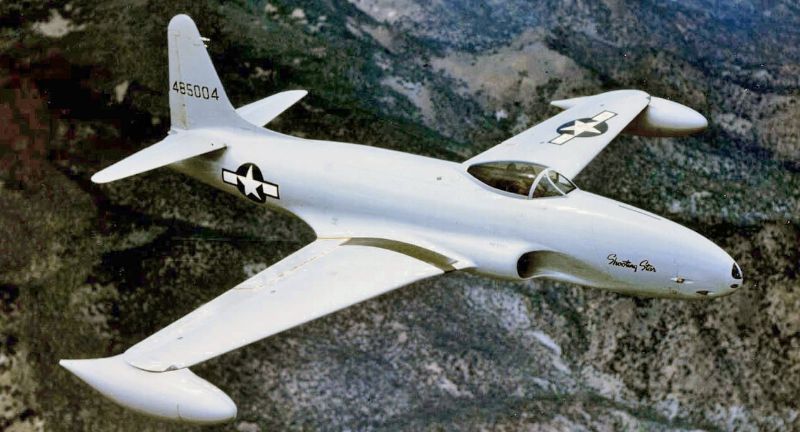
Wikipedia
The Lockheed P-80 Shooting Star, introduced in 1945, marked a significant milestone as the United States’ first operational jet fighter. Its introduction signaled a shift in military aviation towards jet-powered aircraft, laying the groundwork for the jet age in the U.S. Air Force.
Dassault Falcon 7X
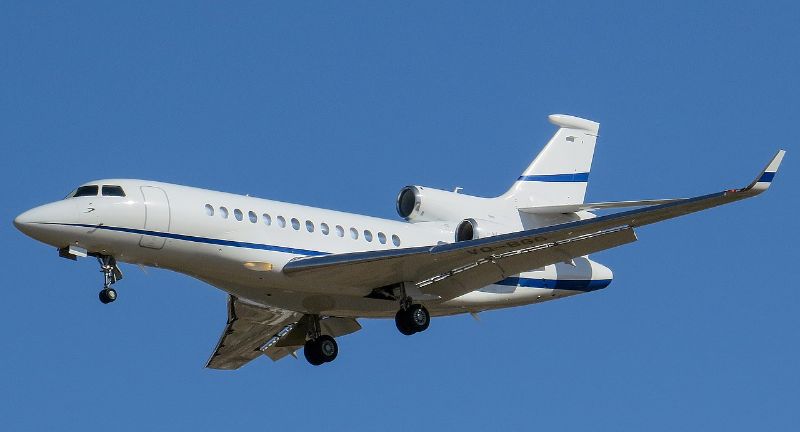
Wikipedia
The Dassault Falcon 7X, a modern business jet introduced in 2005, stands out for its luxurious interiors, advanced avionics, and impressive long-range capabilities. This aircraft exemplifies the pinnacle of performance and comfort in the realm of corporate aviation.
Gulfstream I
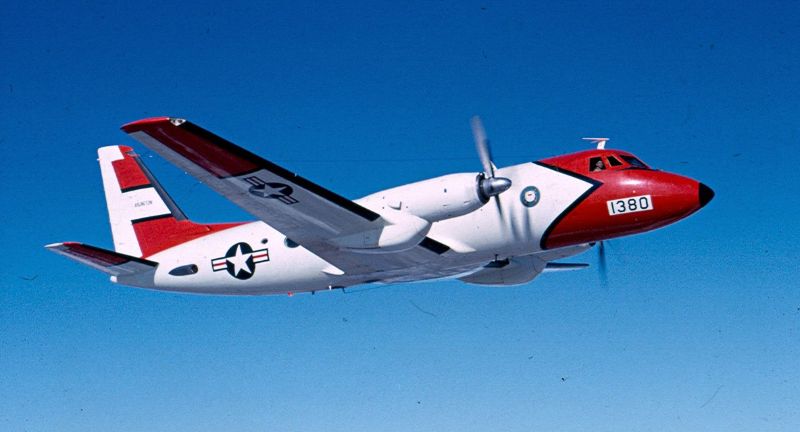
Wikipedia
The Gulfstream I, introduced in the 1950s, played a pioneering role in corporate aviation as a turboprop-powered business aircraft. Its versatility and range contributed to the growth of executive air travel, providing a bridge between piston-engine and jet-powered business aviation.
Bell Boeing V-22 Osprey

Wikipedia
The Bell Boeing V-22 Osprey, introduced in the early 2000s, represents a revolutionary tiltrotor military aircraft. Its unique design allows for vertical takeoff and landing like a helicopter and the speed and range of a fixed-wing aircraft. The Osprey has redefined air mobility for military forces, offering unprecedented versatility in combat and logistical operations.
Conclusion

Wikipedia
This aerial odyssey through thirty landmark aircraft has illuminated the transformative impact of aviation on our world. From the daring feats of early pioneers to the sophisticated technologies of modern military and commercial aviation, each aircraft symbolizes the relentless pursuit of excellence in human flight.
As we reflect on the narratives woven by these flying marvels, we appreciate how they have not only shaped the skies above but also reshaped the course of history and ushered in a new era of limitless possibilities in the boundless realm of aviation.
More From Body Cams+
-


Family lends boat to police chase after attempted watercraft theft
-


Thousands Show Up to Protest in Front of the Supreme…
-


ODOT Statement and Aftermath Video – Dump Truck Hits ODOT…
-


Police Responding to Possible Riot in Long Branch, New Jersey
-


Brush fire burning in Griffith Park below Griffith Observatory
-


17 Things Legal Firearm Owners Should Avoid Doing At All…
-


More – Officials cleaning Mona Lisa after disguised man disrupts…
-


Drone Footage of a Train Derailment in Scotland
-


These Are The 13 Best Guns For Defending Your Home
-


Line of Cops in Evansville, Indiana, …chasing down #CaseyWhite and…
-


The 16 Best Concealed Carry Guns for 2024 You Need…
-


14 Powerful Rifles for Unmatched Property Protection
